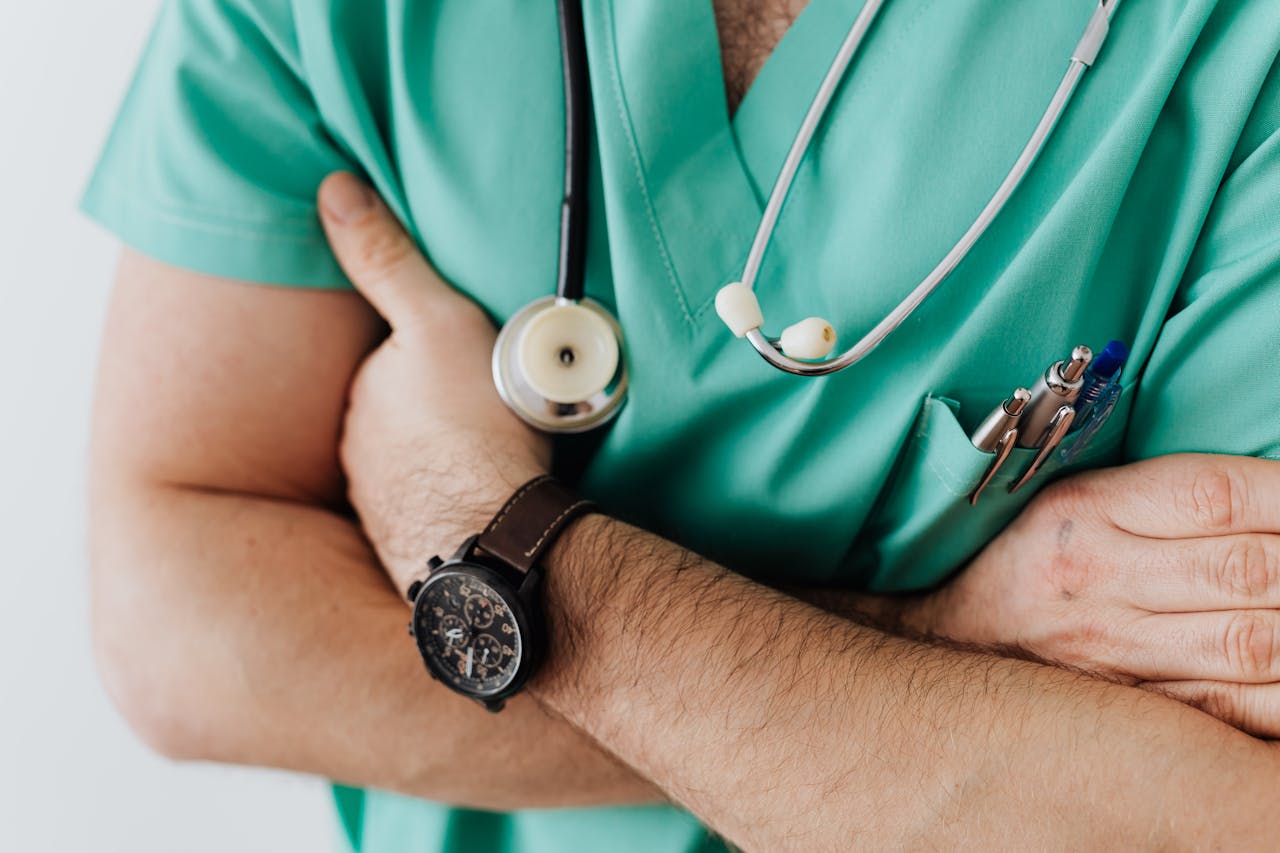With cold and flu season rapidly approaching, I think we all start to think more about our immune systems. You may be wondering what supplements you can give yourself or your children to bolster their immunity against the onslaught of new colds, flu, covid, tummy bugs, and bacteria at school. You might be taking extra vitamin C or taking elderberry, rooting for your precious immune system to work a little better, a little stronger.
Have you ever thought about what happens if you have an overactive immune system? This doesn’t happen because of taking too much EmergenC(TM), but rather a result of autoimmune diseases. We are familiar with a few autoimmune diseases that we see in our patients, or even ourselves or family members. Inflammatory bowel disease, psoriasis, diabetes type 1, and lupus are all diseases you have likely heard of. Did you know there are some autoimmune diseases that can cause wounds?
The rare disease we are going to discuss is called pemphigus vulgaris (PV). PV is a rare autoimmune disease that causes blisters to form on the skin and mucous membranes, such as the mouth, nose, throat, eyes, and genitals. The blisters are often painful and burst easily, leaving sore patches.
I had first heard of pemphigus vulgaris in 2015, as I prepared to start a family. Part of that family planning for me was getting genetic testing done to rule out certain genetic diseases that are prevalent in the Jewish community. I knew I had some extended family that carried the BRCA gene mutation, so that was my main concern. But the more research I did, I discovered there were quite a few things I needed to be tested for. One of the illnesses I stumbled across was PV, which affects people of Ashkenazi Jewish descent more frequently than other Caucasian populations. The annual incidence of PV in Jewish populations is estimated to be 15–30 cases per million, which is 4–10 times higher than other Caucasian populations.
So, what exactly goes on in your body when you have PV? PV occurs when the body’s immune system attacks proteins in the skin, breaking the bonds between skin cells and causing blisters to form. The exact cause is unknown, but there are genetic and environmental contributing factors. Certain medicines may be responsible, such as penicillamine, ACE inhibitors, and nonsteroidal anti-inflammatory drugs. In some cases, pemphigus may go away once the trigger is removed
PV typically occurs between the ages of 40 and 60, but it can occur at any age. It affects both genders equally but is more prevalent among women. The most common area affected is inside the mouth and throat, which can make swallowing painful. Blisters on the skin usually appear a few months after the mouth is affected.

There is no cure for PV, but most people go into remission after receiving corticosteroids. Improvement is usually noticeable within days, and the blisters will slowly heal over six to eight weeks. However, full healing can sometimes take years, and some individuals may need to stay on a low dose of medication for life. Without treatment, symptoms can spread throughout the body and cause life-threatening complications like malnutrition, dehydration, and sepsis. The most common complication of untreated PV is a severe secondary infection.
As a wound care provider, how can you best identify and care for a patient with PV?

Definitive diagnosis of PV is by skin biopsy with direct and indirect immunofluorescence and enzyme-linked immunosorbent assay (ELISA) testing. These patients should already be taking oral corticosteroids (like prednisone) and/or calcineurin inhibitors and will benefit from topical steroids and emollients.
When caring for these blisters and wounds, there are a few things to be mindful of. Do not use products that can irritate or damage fragile tissue. Avoid products such as peroxide, betadine, or antibacterial solutions, and stick to soap and water. Avoid the use of high-pressure irrigation devices to cleanse wounds or whirlpool therapy. The goal of all wound care is to minimize trauma to the wound bed and surrounding tissue, protect the wound from contaminants and infection. Be sure to avoid dressings or bandages that dry out or stick to the skin, as the goal of treatment is to decrease blister formation and promote healing of existing wounds.
Though this condition is rare, I hope after reading this you will take a second look at any blisters you might see that seem out of place. You might just be the one that catches this problem and gets your patient on the road to healing!
